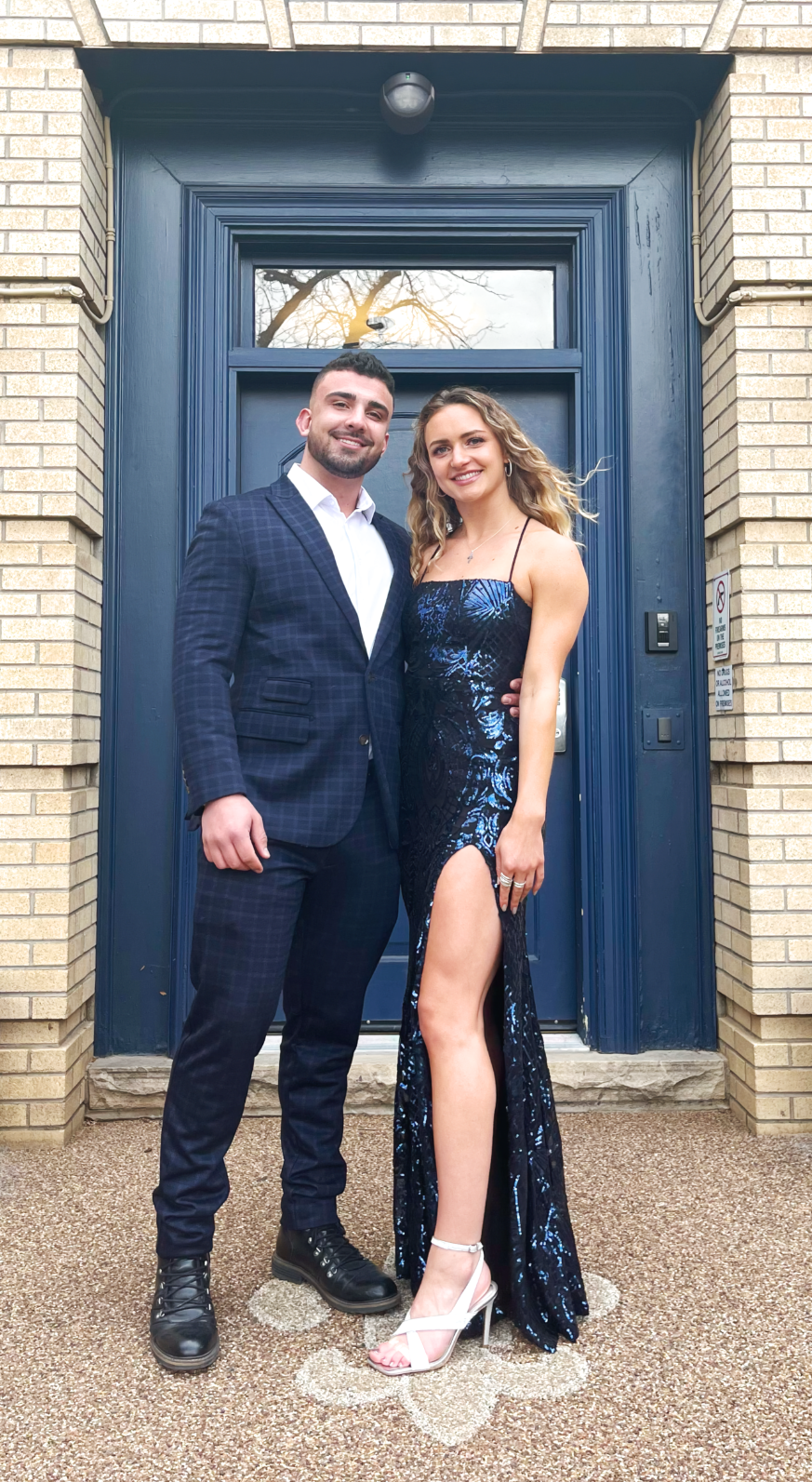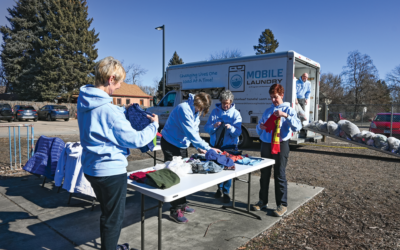
JORDAN DOLES
Q: What’s your occupation? Explain your career, your accomplishments and professional highlights.
A: I am the founder and CEO of NeuroX Innovations, a medical device and data analytics company known for its innovative medical technology. I initially founded it to develop the medical device and software application that I had mentally envisioned when I was 21 and began inventing a year later. This device is now known as SkeletronX, a nonsurgical medical technology that gives patients who have undergone a peripheral amputation the ability to feel sensations on their prosthetic limb as if it were a part of their own body.
Q: Tell us about yourself, your history and how you came to be where you are now.
A: I was raised in Berthoud and moved to Fort Collins after high school to earn my degree in cell and molecular neuroscience at CSU. My initial plan was to pursue medical school after college with the goal of becoming a physician. This plan changed after presenting SkeletronX to two highly respected industry experts who encouraged me to pursue business immediately after college. I am proud to call them my co-founders, business mentors and friends.
Q: Tell us something unique about you.
A: I am a self-taught guitarist, bassist, drummer and pianist who loves to rebuild motorcycles, exercise, innovate and acquire new skills. I have a passion for helping people and a personal mission to bring a substantive change to the way that phantom limb syndrome is treated.
Age: 24
Occupation: Owner and founder of NeuroX Innovations


Q: What do you consider your biggest accomplishment, either professionally or personally?
A: Before SkeletronX was developed, its validity was doubted by industry professionals. At this time, it was no more than an idea by a 23-year-old without a medical degree. This was the case until SkeletronX was fully developed, functional and largely effective in application. To have brought SkeletronX from a concept to a design, and from a design to a functional medical device, is my biggest accomplishment to date.
Q: Where do you see yourself in five years? In 10 years?
A: I see myself diving deep into philanthropic work while also continuing to create innovative solutions for problems that are prevalent in the world yet somehow continue to be overlooked. I see myself raising a family and dedicating as much time as possible toward those I love. I see myself working hard to have a positive impact on the world.
Q: What piece(s) of advice would you give to your younger self?
A: If I had the opportunity to meet my younger self, I would avoid him at all costs. Everything in my life leading up to this point has happened for a reason, regardless of whether it was good or bad. In times where I lived in self-doubt and uncertainty, my character was given the chance to develop. I am where I am today because of my past, and I wouldn’t change anything about it.
Q: What gave you the idea for the phantom limb technology?
A: My best friend since I was about 12 years old is a congenital amputee. While he personally doesn’t experience phantom limb syndrome, our friendship played an essential role in developing my early interest in the prosthetics industry. After learning about the condition, I couldn’t stop thinking about it. The idea of having sensations (painful or otherwise) in a limb that doesn’t exist began to consume my thoughts. On the day I came up the idea of SkeletronX, I was walking from my couch to my kitchen, and I banged my shin against a coffee table. The first thing I did was reach down and grab the area on my shin that hurt. I noticed after doing this that I had watched my hand grab my shin, felt through my hand that it was grabbing my shin and felt through my shin that it was being grabbed. Having several points of contact and focus on the area on my shin that was hurting helped to reduce my pain significantly. I thought about how amputees who are suffering can’t necessarily grab their amputated limb where it hurts in a way that would make it feel like that area is actually being grabbed. In other words, they could grab their prosthetic limb in the approximate location of their phantom pain, but they wouldn’t be able to feel through their prosthetic limb that it’s being grabbed. After having this thought, I realized that this could be changed if a prosthetic user was able to feel sensations on their prosthetic limb.





